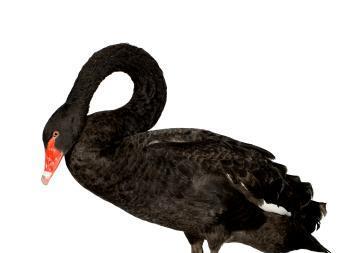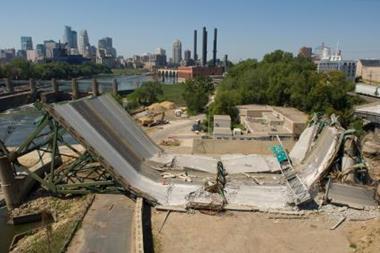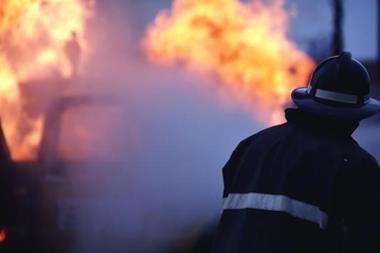Some events that take us by surprise may turn out not to be so unpredictable on reflection
A black swan, according to Nassim Nicholas Taleb in his book of that name, is a discovery or event beyond the realm of normal expectation. When it comes to catastrophes, at least, some events that take us by surprise may turn out not to be so unpredictable on reflection. We were simply too close to events to see the pattern emerging until late in the chain of causation or else we chose to ignore it.
At some point, there will be a very large natural catastrophe in an economically developed area: a major earthquake or a category 5 or equivalent windstorm. Some of the organisations, public and private, which we expect to provide emergency response and supplies, will themselves be victims.
Likewise, the hard lifelines, the roads, bridges and railway lines on which we will rely for evacuation, rescue and recovery may also be damaged beyond use, especially if their condition was far from ideal before the event. Traffic loads have increased everywhere, putting more stress on roads and bridges. Design and construction errors and sometimes downright corruption can also play a part in poor resilience.
In the United States, in 2007, the Federal Highway Administration found one-quarter of the country’s bridges wanting in terms of design or maintenance. It is hard to believe this is not the case in other countries where pre-World War II roads, bridges and tunnels are in constant use, but we do not have the same level of public disclosure. Spending money on upgrading and maintaining transport networks is not a vote grabber.
Construction failures clearly do not cause natural catastrophes, but in isolation one can set off a sequence of events that leads to heavy losses, personal and economic. Many water pipes in cities like London and New York date from the 19th century, and leaks and ruptures are common. Henry Petroski recounts in his fascinating 1992 book To Engineer is Human, that in 1983, a 68 year old water main in mid-town Manhattan broke. It flooded an underground power station, causing a fire. The subsequent failure of six transformers blacked out part of the city for several days. The area affected just happened to be the garment district where 10,000 clothes buyers from across the country had arrived to buy the next season’s fashions. Economic damage ran into millions.
Catastrophe models do not factor in the magnifying effect of impairment or failure of infrastructure, such as an important bridge, but as the New York example implies, an event that created such a failure could produce losses that went well beyond normal expectations for an earthquake or storm of the same size. Economic losses of a certain magnitude can also create cascading failures, from which a region or a small country would find it difficult to recover.
These are not black swans. They are much more like Pallas grasshopper warblers – rare, hard to distinguish from a common relative, the common grasshopper warbler, and difficult to distinguish in thick vegetation. We probably will not see one, but it is not impossible, especially if we are looking.
Postscript
Lee Coppack is editor of Catastrophe Risk



















No comments yet